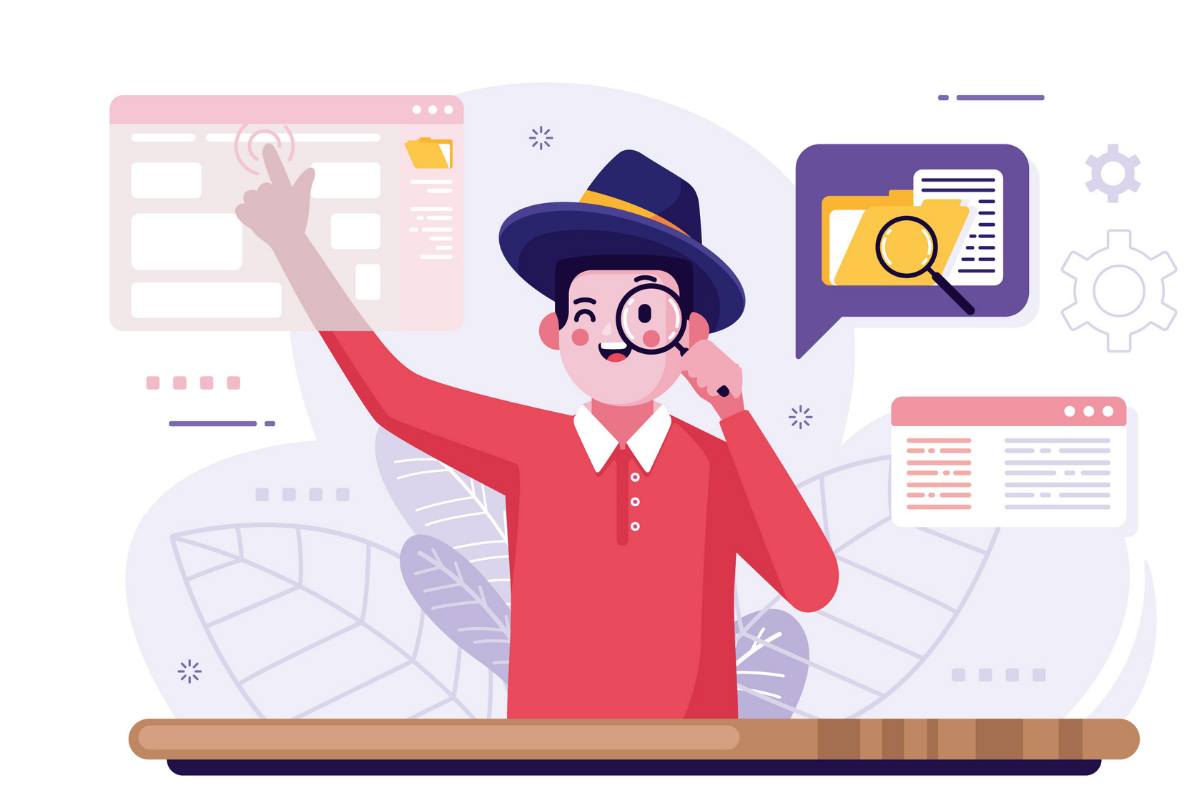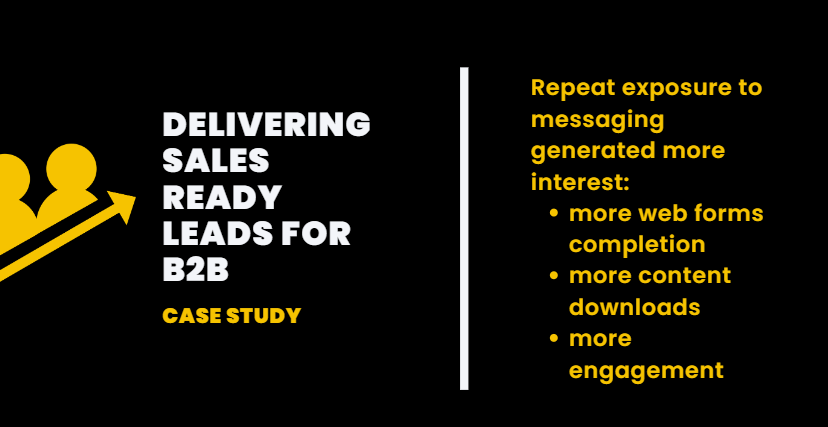Getting potential clients to notice your business over competitors requires more than having the right product or service. Today, buyers are digital savvy, mobile users, socially connected, and have unlimited access to information in real-time. Now, stop for a second and picture this:
Trying to convince them to choose you while:
- Targeting only at a demographics level
- Communicating using the same message to all segments
- Not using behaviour insights and ignoring their needs, pain points or complains
How successful do you think this approach can be? We can both agree that this is not how you’d channel your marketing efforts in 2020.
We’ve put together a blueprint to help you create buyer’s personas that drive real results for your business, including:
- The 4-step process to creating useful personas
- Tips for quantitative and qualitative analysis
- Templates for interviews and buyer personas
What is a Buyer Persona and Why is it Crucial to Have One?
According to a Google study, customers expect brands to provide personalized and relevant experiences in a timely manner.
Source: Think with Google
A buyer persona is a semi-fictional representation of who your ideal client is. This profile helps you understand your customers and prospective customers better, making it easier for you to tailor the marketing strategy to their specific needs, behaviors, and concerns.
Fun Fact: The first persona ever created was named Kathy and was developed by Alan Cooper in 1983 to help make software more user-friendly.
How can buyer personas profiles improve your marketing strategy?
- Get sales, marketing, and operations teams aligned
- Focus your efforts on the ideal client instead of spreading your budget thin to reach a large audience
- Tailor your content or messages to resonate with your ideal customers
Clarifying the types of people who benefit from your solutions and the challenges you help them solve is critical to your efforts to attract and retain the right kind of clients.
A great example of how a company can benefit from inbound marketing is the case of Skytap – a self-service provider of cloud automation solutions, that increased sales leads by 124%, online leads by 97%, organic search traffic by 55% and North American site traffic by 210%.
Now that you have a good understanding of what a marketing persona is and how it can prevent you from wasting your marketing efforts attracting people who will never be able to afford, nor have a genuine interest in your product or service, it’s time to learn how to create one.
Step-by-Step Process to Defining your Buyer Persona
Step 1. Conduct a quantitative market research
To get a better understanding of who your customers are, what they want, and what they’re looking for you to solve we recommend you to start by:
- Consulting market trend reports – Hootsuite and Hubspot are great in providing expert insights and predictions
- Analyzing internal data such as website behaviour, chat bots, search terms, social media following and interactions. Facebook groups or forums like Quora or Medium are also great places to check for comments, topics, trends, or hashtags. You can learn what questions they ask, what sources they consult, how they prefer to stay informed and much more.
- Spying your competitors – see how their customers interact with them online.
Step 2. Enhance it with a qualitative research
- Perform an interview with the marketing team
- Perform an interview with sales
- Perform an interview with operations
- Perform an interview with clients
Through these interviews, you’re trying to understand your customers’ (or potential customers’) goals, behaviors, and motivators. But keep in mind that people aren’t always great at reflecting on their behaviors to tell you what drives them at their core.
We are very fond of 1-on-1 meetings or focus groups, but if you don’t want to go the extra mile you can create a survey using Survey Monkey, Typeform, or Google Forms, and then do a quick in-person follow up to clarify details.
Step 3. Turn raw data into useful insights and draft your buyer’s persona template
Here’s an example of how your persona could look like.
Adding a real picture and name, even real quotes from your customers humanize your personas and help your team when it comes to messaging and brainstorming campaign ideas.

Step 4. Share with your team and get everyone aligned & integrate it into your automation platform (eg. Hubspot, Active Campaign)
Share the profiles with the rest of your company so everyone can benefit from the research you’ve done and develop an in-depth understanding of the people they’re targeting every day at work.
The key here is to refer to them like real-life people, talk about them as if they are a friend that you truly understand, knowing his problems and what solutions might be best for him.
Top Questions to guide your Buyer Persona Interviews
To help you get into the mindset of your potential customers, your efforts should focus on getting insights into their work life, objectives, orientation, and obstacles your buyer faces that could be addressed by your business offerings.
Ready to build your buyer’s persona? We’ve put together some useful resources to help you speed up the process: 64 Questions to Ask in Persona Interviews [Research Masterbook] and Buyer Persona Profile [Template]
Outcome
It is okay to have several B2B personas. Complex business products and solutions have multiple decision-makers in the buying process.
“Those who invest in creating memorable experiences will win users’ hearts and minds.”
Jason Spero, VP of Global Performance Solutions at Google
Keep in mind that personas evolve and you should tweak them as you learn more about your customers. If you’re just starting out here’s a helpful tool to build your persona.
When combining the personas with their lifecycle stages, you’re able to map out and create highly targeted content that resonates with them, attracts and keeps them coming back.





